The proposal review is a critical part of the opportunity lifecycle. Reviews provide feedback and guidance throughout the development process to ensure we clearly articulate our understanding of the client, present a solution to benefit that client, and properly cover all compliance criteria.
All too often, though, reviewers do not provide the types of comments that will benefit our proposals and our proposal teams. Every proposal manager I know has a litany of war stories from awful review cycles and debriefs. So what makes a good proposal comment? Here are three key ideas of what makes a good proposal comment.
A Good Proposal Comment is Positive. Proposal reviews should be focused on enabling our collective team to improve the product and should be done in a positive, respectful manner. Provide condescending comments that tear down the team and the work product do not help make our bids better. Instead, it breeds acrimony and negativity and makes the team much less likely to consider the comment. Comments like these do not benefit anyone, except perhaps the reviewer’s own ego.
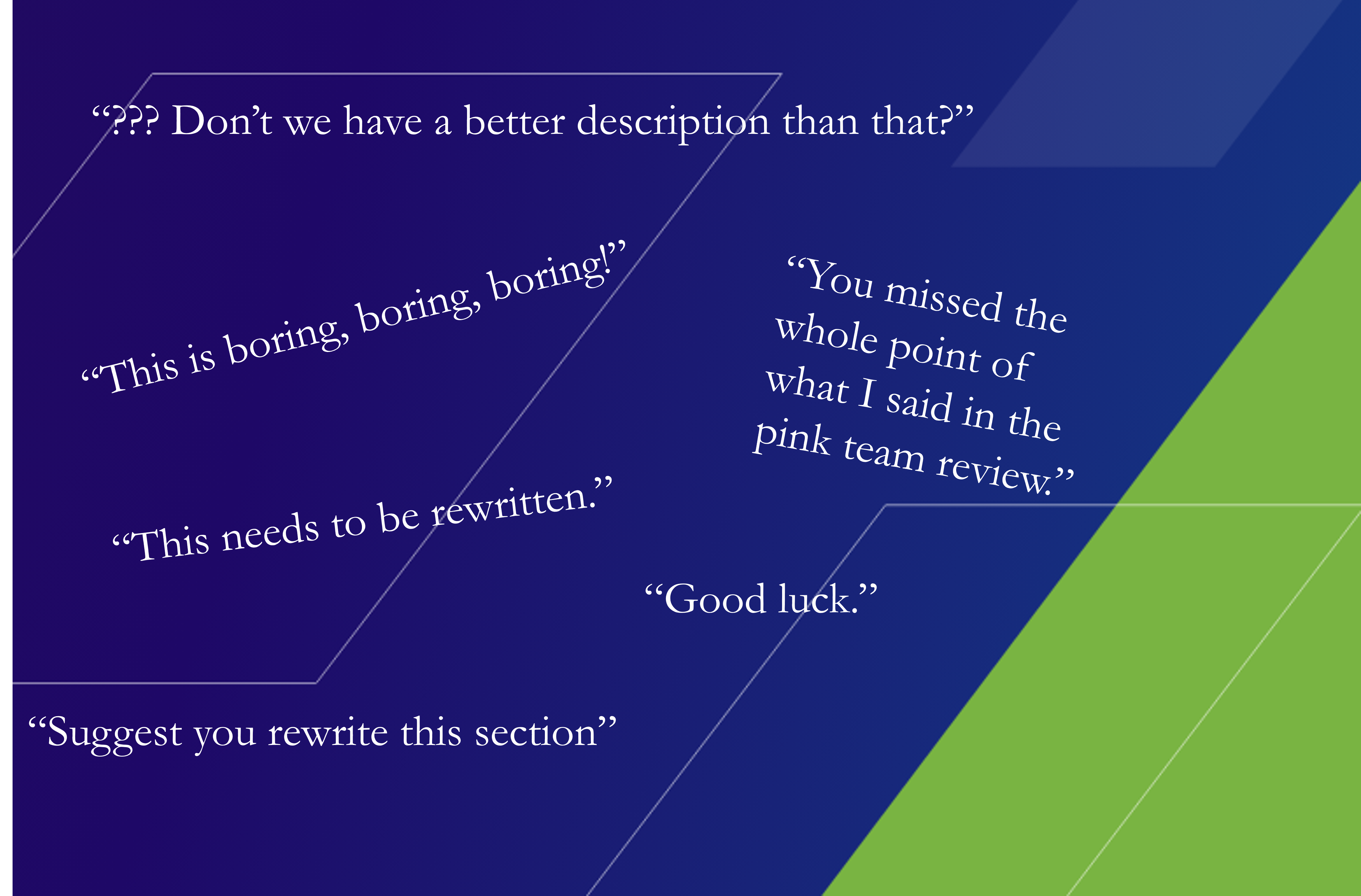
Reviewers need to put together comments that respect the contributors and look to move the project forward. This is not to say reviewers should sugarcoat criticism or softpedal the state of the project. However, they need to do so in a way that doesn’t disparage the content or those who developed it.
Therefore, when you review a proposal, think about the Golden Rule. Develop comments that are the type of feedback you would like to receive. Provide constructive criticism and feedback to ensure the comments are received positively and acted upon accordingly.
A Good Proposal Comment is Specific. Proposal comments need to provide specific guidance on the issue identified and, where possible and appropriate, potential solutions to resolve the issue. Saying “this section needs work” does not do anyone any good! It leaves the writer questioning what needs to be changed and how to best go about improving the document.
Reviewers should focus on providing clear guidance throughout the document. The comment should do two things:
- Identify the issue – specifically point out what is wrong or not clear (“this paragraph does not clearly articulate the step-by-step approach we will take for software development”)
- Identify a POTENTIAL solution – this should not be a dictate from upon high. Instead, it should be a suggestion on how to improve the document (“perhaps you could add a workflow diagram that shows the process and use the text to highlight steps that will make an impact with the reviewer based on their needs”)
It is important to remember that the solution identified is only one potential way to rectify the issue. The reviewer should not demand the writer make this change. In fact, the change proposed might be counter to the current plan or to the theme of the document. However, I always implore my writers to at least consider the comments made to see what is driving the comment. Even if they do not follow the proposed solution provided in the comment, it may provide insight to give them the opportunity to identify the right path forward.
A Good Proposal Comment is Timely. Finally, a good proposal comment is given at the appropriate stage. For example, making small grammatical changes at Pink Team is not the best use of anyone’s time. Similarly, ripping apart the bid solution at Gold Team really does not serve anyone’s interests.
Use the guidance of your proposal manager in your inbrief to see what types of comments are appropriate at this point in the proposal review process given the resources available and the time remaining in the development process. Not only does this put you in the good graces of the proposal team, it also makes sure you allocate your time and energy on comments that can actually improve the document at that stage.
Conclusion. I began thinking about reconceptualizing proposal review comments when I read Creativity. Inc. by former Pixar and Disney Animation President Ed Catmull. I realized the Brain Trust model of reviews used within his organizations is a great parallel to the proposal review process. Built on trust and the goal of improving the project, the Brain Trust gives feedback to the project team to help improve the end product. Catmull summarizes their approach as:
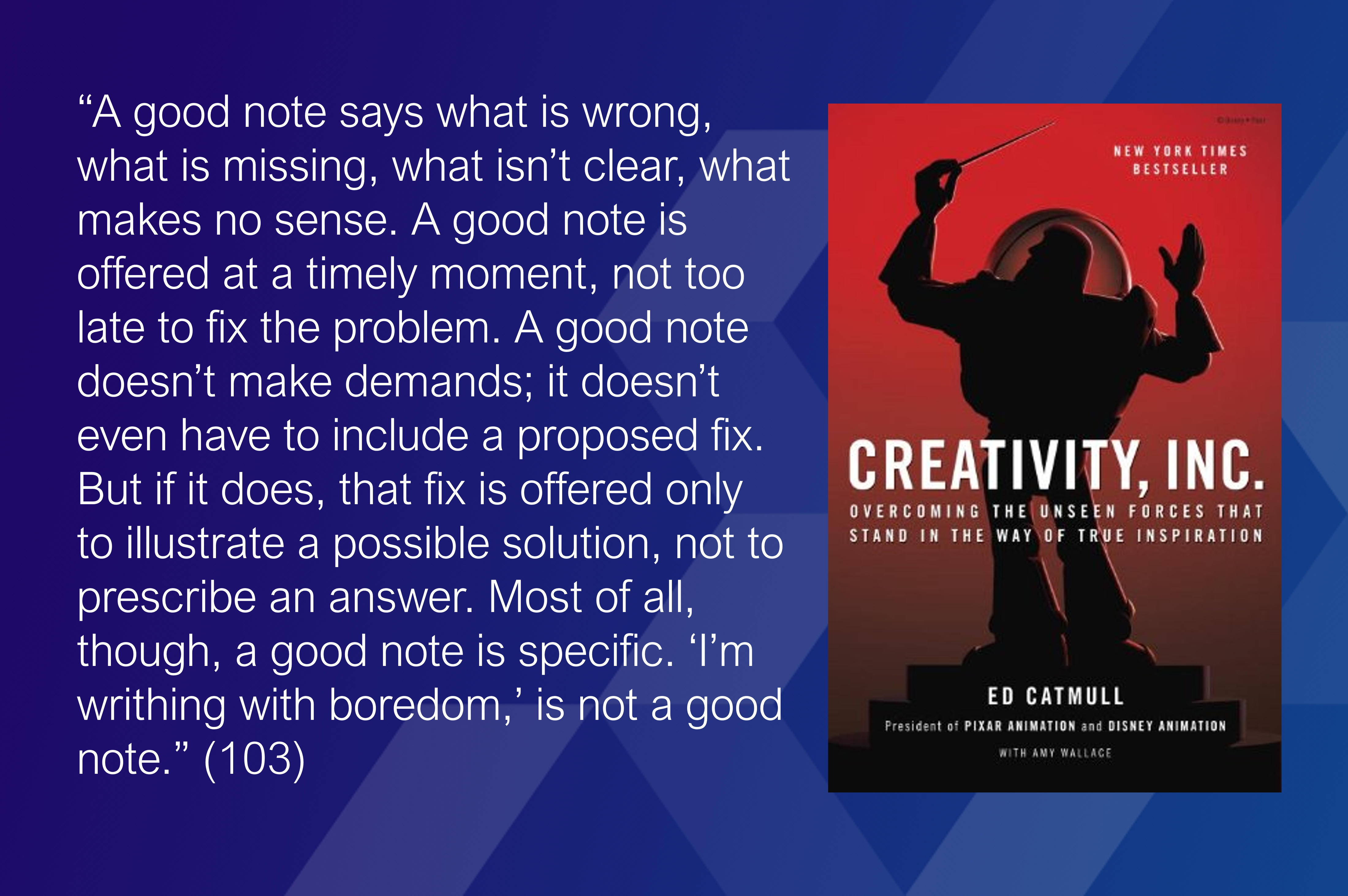
I use this quotation in every review in-brief and reviewer training I deliver, as I feel it best summarizes what we should aspire to in our proposals. As we get closer to getting this type of feedback during the proposal lifecycle, the more confidence and higher morale our proposal contributors will have, which will enable us to develop better, more successful proposals.
Reviews are just the beginning of how we can find inspiration from organizations like Pixar and Disney to improve our proposals. For more tips on how to inject creativity and empathy into your proposal process, pick up Kevin’s latest book, Keys to the Castle, today in paperback or for Kindle. Click here to get your copy today!
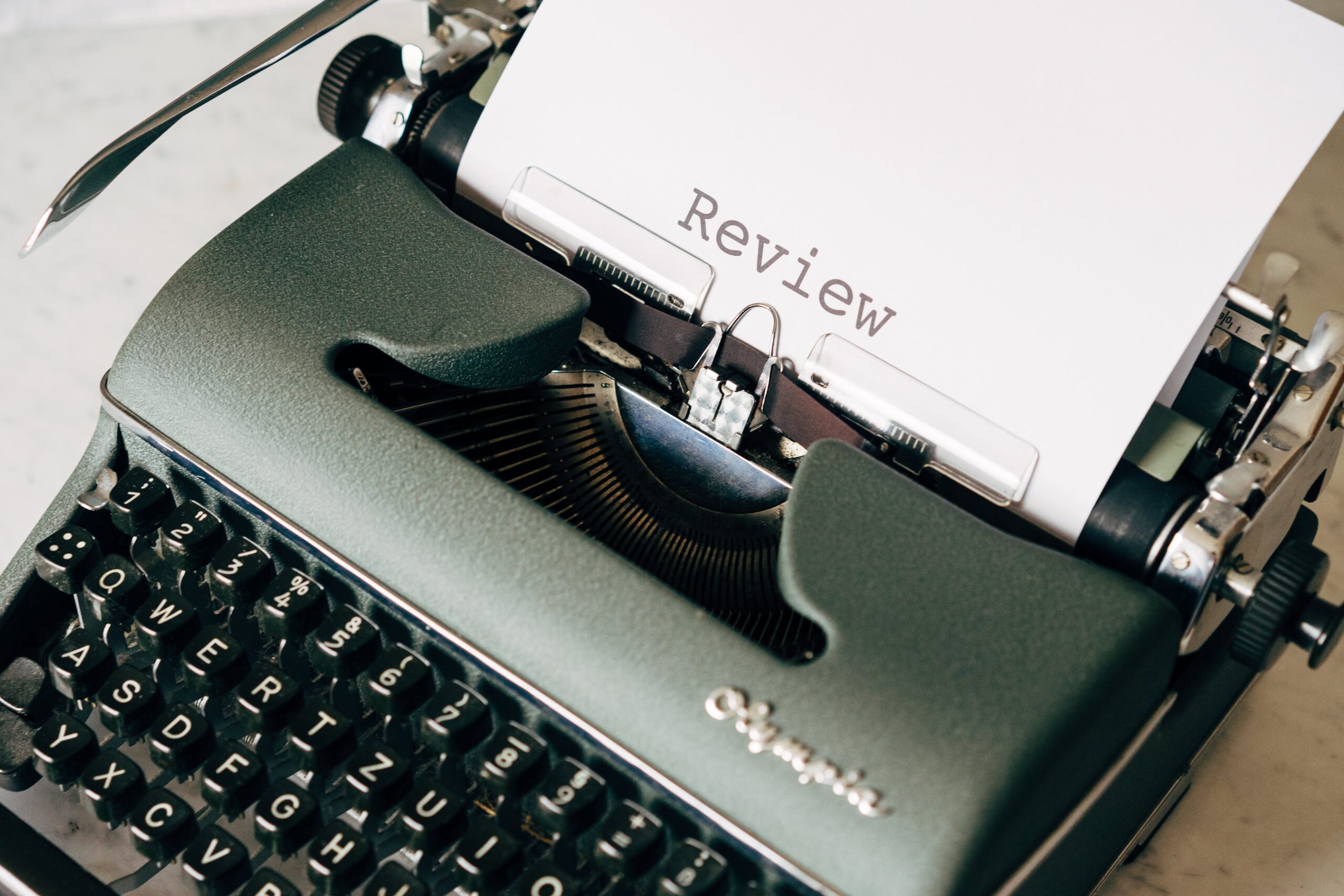











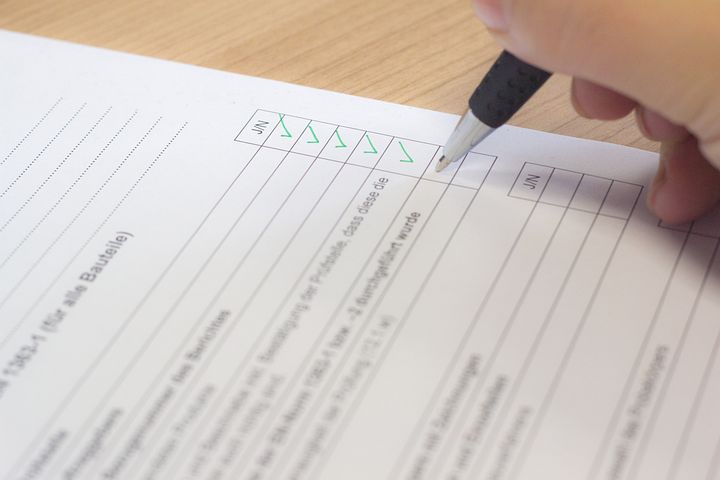
 In my previous post, I walked through three key lessons learned from my time as an editor for proposals. Based on this experience, I have developed a general checklist that defines the key needs and areas that need to be defined before handing off your proposal to your editor.
In my previous post, I walked through three key lessons learned from my time as an editor for proposals. Based on this experience, I have developed a general checklist that defines the key needs and areas that need to be defined before handing off your proposal to your editor.  Is any area of your proposal too vague? Is any section of the proposal too generic? Instead of saying, “[we] or [X company] will manage the research and development of a product,” does your proposal identify a specific person, wherever practicable, who will perform the tasks (e.g., Program Manager)? Did you cross check the proposal for contradictory information? A common error is for one area of the proposal (e.g., technical approach) to say, for example, that the Program Manager will oversee personnel, and another area (e.g., the staffing section) to indicate that the Project Director will perform that role.
Is any area of your proposal too vague? Is any section of the proposal too generic? Instead of saying, “[we] or [X company] will manage the research and development of a product,” does your proposal identify a specific person, wherever practicable, who will perform the tasks (e.g., Program Manager)? Did you cross check the proposal for contradictory information? A common error is for one area of the proposal (e.g., technical approach) to say, for example, that the Program Manager will oversee personnel, and another area (e.g., the staffing section) to indicate that the Project Director will perform that role. 
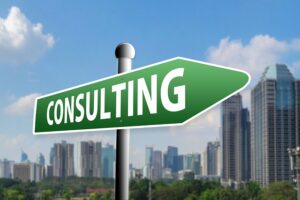 Congratulations! You’ve taken the first step on the road to becoming a consultant. By choosing to read this blog series, you have decided to explore the opportunities available to you in consulting. Throughout this series, I will be addressing the key questions you need to ask yourself prior to making the leap. I’ll start at the beginning with a fundamental question:
Congratulations! You’ve taken the first step on the road to becoming a consultant. By choosing to read this blog series, you have decided to explore the opportunities available to you in consulting. Throughout this series, I will be addressing the key questions you need to ask yourself prior to making the leap. I’ll start at the beginning with a fundamental question: How strong is your network?
How strong is your network?
 evaluate whether the proposal “answers the mail.” You need the bench strength to gauge how well your company tells its story and puts its best foot forward. The combined expertise is critical to producing major, complex proposals where the competition is cut-throat. Given that proposals have a million moving parts, an experienced proposal manager is also vital to orchestrating all of the steps and problem solving when inevitable curveballs are thrown in the path. Your writers, editors, graphic designers, and production team play important roles in developing the content and creating the polished product. A great proposal team really is greater than the sum of its parts.
evaluate whether the proposal “answers the mail.” You need the bench strength to gauge how well your company tells its story and puts its best foot forward. The combined expertise is critical to producing major, complex proposals where the competition is cut-throat. Given that proposals have a million moving parts, an experienced proposal manager is also vital to orchestrating all of the steps and problem solving when inevitable curveballs are thrown in the path. Your writers, editors, graphic designers, and production team play important roles in developing the content and creating the polished product. A great proposal team really is greater than the sum of its parts. At a bare minimum, your editor can really use comprehensive notes from these meetings. And the more they can see of actual drafts, the more they will be prepared when the real thing comes along.
At a bare minimum, your editor can really use comprehensive notes from these meetings. And the more they can see of actual drafts, the more they will be prepared when the real thing comes along. 

 This series of posts looks to provide people interested in consulting with some insight on what questions, issues, and opportunities are out there today. While consulting has worked well for me and many others, it is not for everyone. There is risk inherent in going out on your own. Therefore, even with the information laid out in these posts, I encourage you to take time and make sure you consider all the options, positives, negatives, and risks associated with consulting before making your own decision.
This series of posts looks to provide people interested in consulting with some insight on what questions, issues, and opportunities are out there today. While consulting has worked well for me and many others, it is not for everyone. There is risk inherent in going out on your own. Therefore, even with the information laid out in these posts, I encourage you to take time and make sure you consider all the options, positives, negatives, and risks associated with consulting before making your own decision.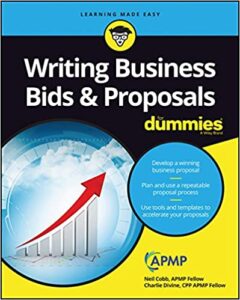
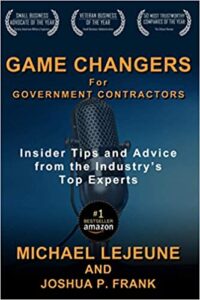 Game Changers for Government Contractors: Insider Tips and Advice from the Industry’s Top Experts
Game Changers for Government Contractors: Insider Tips and Advice from the Industry’s Top Experts 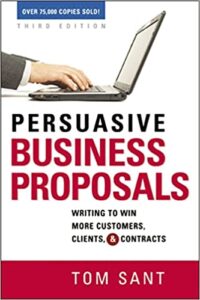 Persuasive Business Proposals: Writing to Win More Customers, Clients, and Contracts
Persuasive Business Proposals: Writing to Win More Customers, Clients, and Contracts 
 For the uninitiated, every Federal Government opportunity will fall into a pre-selected type. The Federal Acquisition Regulation (FAR) defines a dozen different contract types. The contract type dictates how the work is performed, how payment to the Prime contractor is delivered, and how the Government anticipates receiving the goods or services they are seeking through the program. Almost always, contracting boils down to a question of risk. What is the Government willing to take on regarding performance risk? Is the schedule proposed attainable? Is the goal achievable?
For the uninitiated, every Federal Government opportunity will fall into a pre-selected type. The Federal Acquisition Regulation (FAR) defines a dozen different contract types. The contract type dictates how the work is performed, how payment to the Prime contractor is delivered, and how the Government anticipates receiving the goods or services they are seeking through the program. Almost always, contracting boils down to a question of risk. What is the Government willing to take on regarding performance risk? Is the schedule proposed attainable? Is the goal achievable?  Indefinite-Delivery Indefinite-Quantity:
Indefinite-Delivery Indefinite-Quantity: